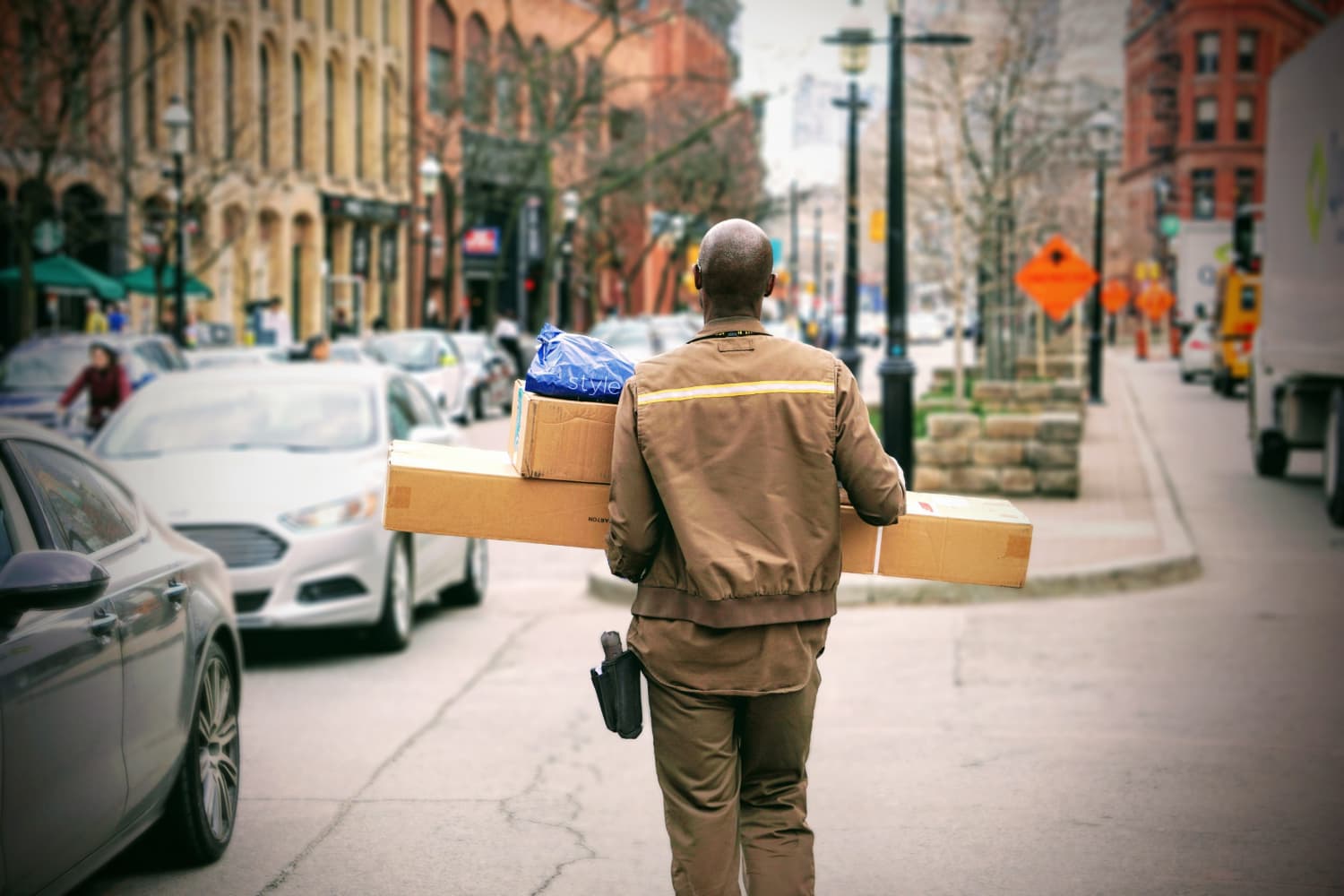Communication between retailers and logistics providers has never been more important in ensuring positive experiences for end consumers.
Wish to know more? Here's everything you need to know about SMS API providers!
As companies and consumers buy more and more goods online and the demand for delivery services grows, the courier, express and parcel (CEP) sector is becoming increasingly competitive and innovative. Communication and availability of delivery drive that innovation.
Delivery of goods has become a journey of three stages:
1. retailer to the carrier (first mile)
2. carrier to carrier (main leg)
3. carrier to the customer (last mile)
Even though the first and last miles involve only small distances, they cause disproportionately high costs due to a high potential of delivery failures or missed deliveries, which result in additional processing.
Implementing SMS messaging during these stages creates a competitive advantage by enhancing communication and increasing the level of customer service.
The First Mile
Refers to the good’s entry into the transport network. At this stage, the retailer should have quick access to shipping information, which can then be forwarded to the end customer. It can be a tracking number, estimated time of delivery, or a message that the package is on its way. As the logistic operators make data easily available to retailers, it lowers send-again rates and enables faster deployment.
SMS messaging is an efficient way to deliver this data. Pushing automated notifications and alerts directly to retailers and customers is easy with the SMS API. The key reasoning is that SMS is still the only standard communication tool alongside voice that comes with every phone, be it smart or feature. And SMS boasts a 98% open rate. So you can be sure that the message is received.
The Last Mile
Commonly known as the movement of goods between a transport hub to a delivery address. During this stage, the carrier takes on the challenge to deliver information to all parties involved – retailer, logistics managers, and the end customer.
The most efficient way to provide consumers with a chance to change the time or place of an expected delivery is by doing this is through SMS.
An SMS API can be implemented with any in-house logistics system, allowing automatic initiation of outbound messages. Consumers will know when to expect a package and where to collect it.
Package collection from package lockers or courier delivery both run into the same issues if the communication is not on point. The package needs to be taken back to processing and delivery attempted once more.
One of our customers calculated that an undelivered SMS with a package locker code and information will cost the company 70 EUR per package with the additional processing needed. Thus it is super important for them to have both a communication tool that can enable rapid communication as well as reliable delivery.
Furthermore
Managing your customer’s expectations by implementing an informative communications solution will reduce the time you will need to spend answering time-consuming inquiries in addition to the resources needed for re-processing the parcel.
You will be able to meet these expectations ahead of time by keeping your customers up to speed before they can even think of calling to ask a question. Tracking codes, delivery times, package location information, pick-up details, etc. can all help mitigate any possible support issues.
It’s clear that the winners within the logistics industry will be the ones who can add value by offering flexible delivery and efficient services. Being direct and reliable, SMS has proven to be an effective way to communicate with users across all stages.




